Description
Foeniculum vulgare (Fennel) is also known as Saunf or Mishreya. This herb is used in ancient time to treat variety of ailments. Foeniculum vulgare is very old known name within the genus. Mishreya, the plant belongs to Umbelliferae family. This plant is used by humans for its flavour. This plant grows upright. It is perennial herb with feathery, soft and hair like foliages. This plant is erect, smooth and cylindrical with multiple branched leaves. The leaves are lacy type with swollen petioles that clasp the stalk to make an edible structure. The leaves grow up to 40 cm long and 0.5 mm wide. The edible structure form by them commonly known as bulb. This plant grows up to 2 ft. in its first season. Mishreya produces flowering stems that stand a foot and support showy flat-topped umbels of little golden flowers. The second season comes during July and August. The root is very elongated, has resemblance with carrot. It is a plant with fragrance. All parts have a sweet odour.
General Description
Foeniculum vulgare is a very sweet and aromatic plant, known to be used as kitchen spice. It is cultivated in various countries, but in India is mainly for its seeds. These are used to flavour bread, liqueurs, pastries and more. This plant has many names but in India it is commonly known as saunf.
This plant is of two main types. Here are these types – piperitum and vulgare. Piperitum has bitter seeds, while Vulgare has sweet seeds that can be used for flavouring. Sweet mishreya is similar to other one but has hard perennial that grows taller up to 6 ft. and does not produce swollen leaf base, bulb.
This plant is known to have antispasmodic, anti-inflammatory, analgesic, hepatoprotective, diuretic, antioxidant and anticancer activities.
The plant has many important active chemical constituents like anethole, the main ingredient of the mishreya. Other constituents are beta-myrcene, safrole, bitter fenchone, alpha pinene, limonene, estragiole, p-cymen and camphene.
Mishreya is full with beta-carotene, calcium, iron, vitamin C and metal cations.
Classification
- Kingdom – Plantae
- Subkingdom – Tracheobionta
- Superdivision – Spermatophyta
- Division – Magnoliophyta
- Class – Magnoliopsida
- Subclass – Rosidae
- Order – Apiales
- Family – Apiaceae
- Genus – Foeniculum
- Species – Foeniculum vulgare
Habitat
Mishreya is the native of Mediterranean region like in North Africa, Europe and Western Asia. These are common in much of North America, Central America, Europe, Hawaii, Australia, Fiji, Queensland and Austria.
Ayurvedic Properties
| Hindi / Sanskrit | English | ||
| Rasa | Madhura, Katu, Tikta | Taste | Sweet, Pungent, Bitter |
| Guna | Laghu, Snigdha | Physical Property | Light, Unctuous |
| Virya | Ushna | Potency | Hot |
| Vipaka | Madhura | Metabolic Property (After Digestion) | Sweet |
Classical Categorization
| Charak Samhita | Sushrut Samhita |
| · Madhuraskandha – Sweet tasting group of herbs | – |
Ancient Verse About Mishreya
- It states that this herb is known as chatra, shalya, shaleen, misreya, madhura and misi.
- It is good for heart, constipation, worm infestation and weak digestive fire. It is dry, hot in potency and manages cough, vomiting and vata diseases.
Practical Uses Of Mishreya
CAN BE OESTROGENIC
Mishreya is known as oestrogenic agent. It helps to increase mensturation, milk secretion, libido, facilitates birth and male climacteric. The main components of Mishreya oil like anethole are known as active components.
HEPATOPROTECTIVE ACTIVITY
The plant essential oils have the property of hepatic protection. It decreases the level of serum aspartate aminotransferase (AST), alanine aminotransferase (ALT), alkaline phosphatase (ALP) and bilirubin which help to decrease the liver damage.
SHOWS ANTIBACTERIAL PROPERTIES
The extracts from its fruits have this property, show effect against foodborne pathogens like Escherichia coli, Staphylococcus aureus and S. aureus. The seed essential oil shows antibacterial activity against human pathogenic bacteria. Ethanol and water extracts shows activity against Helicobacter pylori.
SHOWS ANTIOXIDANT ACTIVITY
It is known to act as free radical scavenger. It has anti-carcinogenic and anti-inflammatory effects.
HAS ANTICOAGULANT EFFECTS
Ferrula communis, giant fennel, contains coumarin are those derivatives of the plant that inhibits vitamin K and interfere with blood clotting.
ANTI-DIABETIC PROPERTIES
Essential oil of the plant seeds has tendency to stimulate pancreatic alpha cells and secretion of insulin.
MUSCLE RELAXANT EFFECTS
Essential oils of plant have properties of positive inotropic effect. Sweet oil has tendency to inhibit acetylcholine-induced contractions of bladder smooth muscles.
Parts Used
- Fruits
- Fruit oil
- Roots
- Stems
- Leaves
Dosage
500 mg to 2 gms.


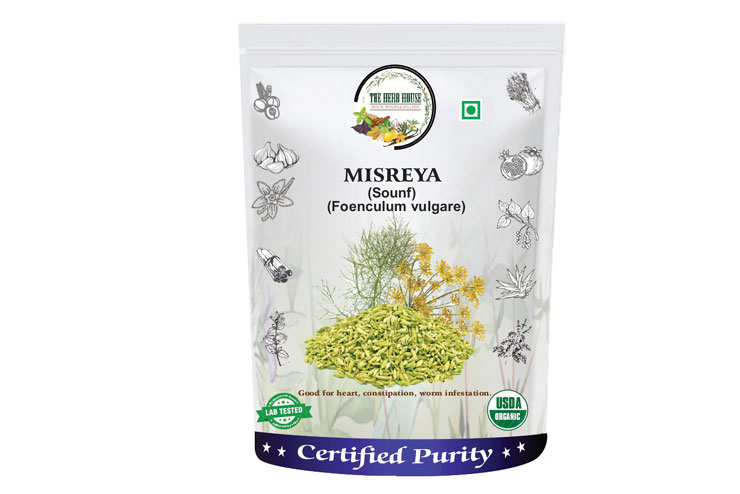
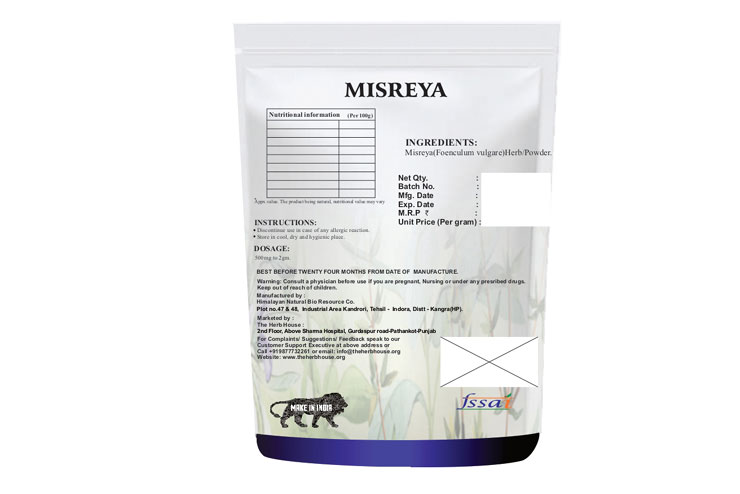
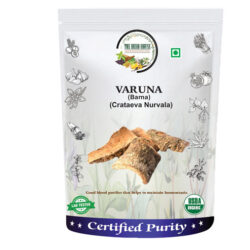
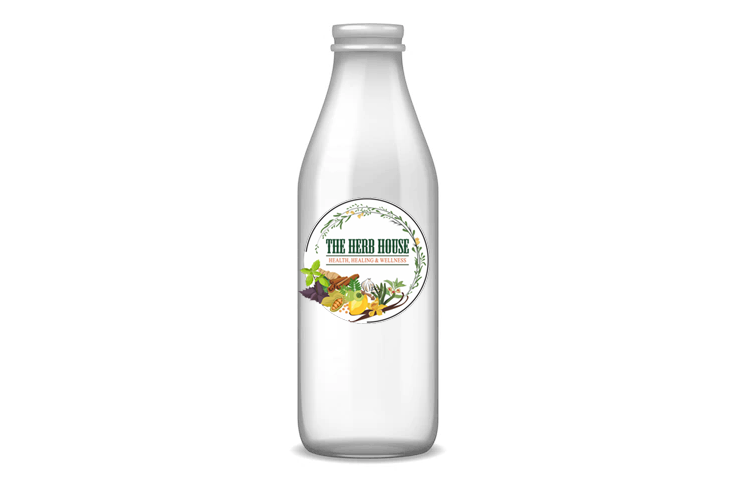
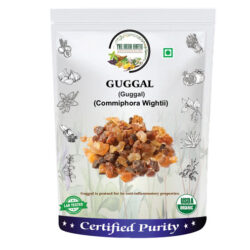
Reviews
There are no reviews yet.